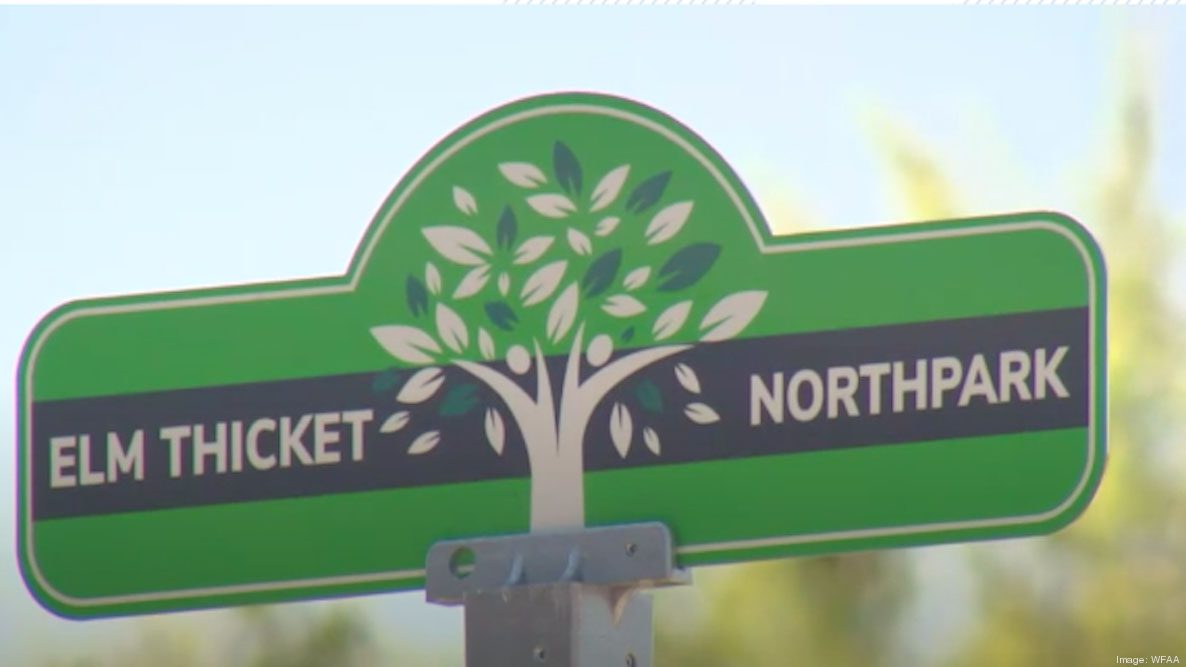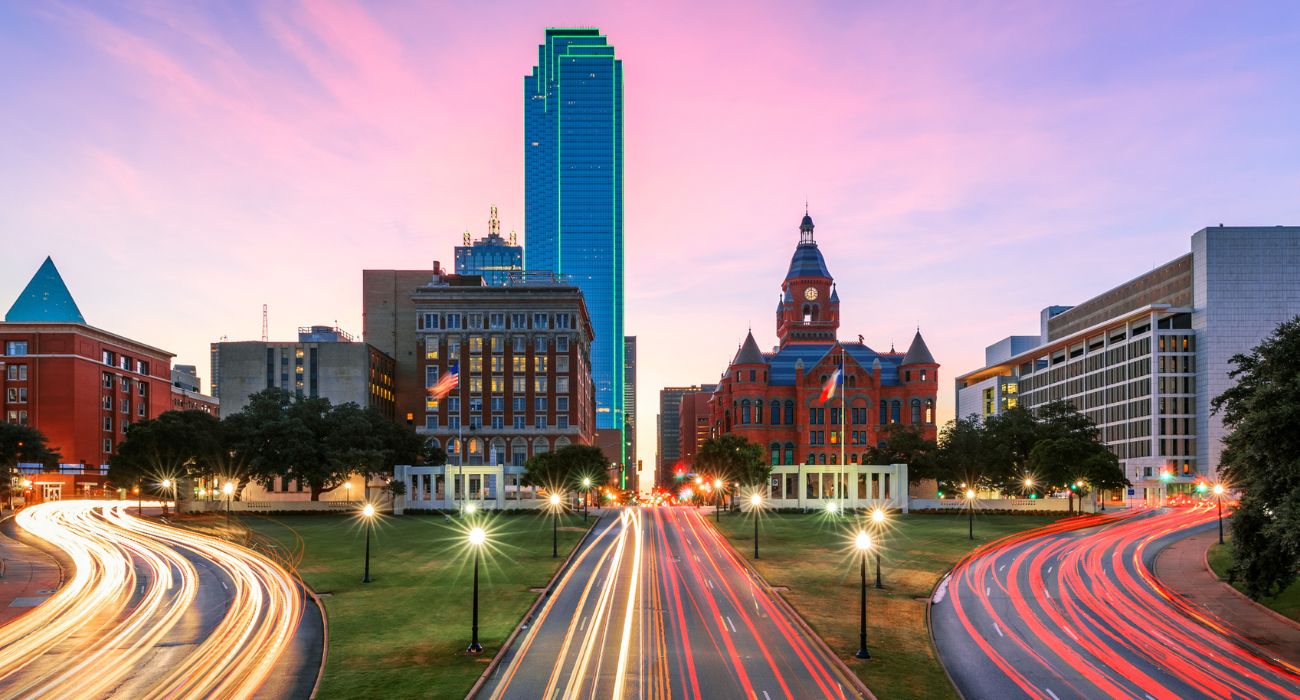Residents in a historic Dallas neighborhood are at odds over proposed zoning changes. Some longtime residents support the plans, but opponents argue it would reduce future property values and take away property rights from residents of the nearly 2,000 homes in the neighborhood.
The changes proposed would reduce the height limit of new construction and regulate the size of a multi-story structure’s footprint. Proponents claim that such steps will help preserve the historical characteristics of the Elm Thicket/Northpark neighborhood.
The Elm Thicket/Northpark community neighbors Love Field and is bounded by Lemmon Avenue, West Lovers Lane, Inwood Road, and West Mockingbird Lane. The community has been embroiled in an ongoing zoning debate for the past five years, as residents wrestle between potential economic growth and preserving the “older character” of the area.
The neighborhood has undergone significant change, with investors building new homes and developments that have raised property values and subsequent taxes for everyone in the neighborhood. Development of the airport has contributed to the change, and in 2014 the Wright Amendment expired, which restricted Love Field’s service area to only neighboring states.
Expansion and incoming developers led to the creation of the Elm Thicket Northpark Association, an advocacy group that “seeks to be a unifying voice in the preservation and growth of this historic and vibrant community.”
“We want to have a say, a simple say in what this neighborhood looks like,” the association’s leader Jonathan Maples said.
In 2016, the Elm Thicket/Northpark community was chosen as a “Neighborhood Plus Target Area” by then-City Council member Adam Medrano, who worked with the association and residents to develop cooperative plans for the area.
The initiative sought “To support a diverse, safe neighborhood with quality housing, infrastructure, and institutions for all its residents, and to preserve and protect the legacy and heritage of this historic Dallas neighborhood.”
A steering committee of residents appointed by Medrano made zoning recommendations about how to best achieve the mission for the Elm Thicket community. The committee proposed to reduce the height limit of new construction from 35 feet to 25 feet and lot coverage from 45% to 35% for two-story homes.
The changes will improve “the quality of life of our residents by not having to stare at a 35-foot wall outside their kitchen window and protecting our cottages from runoff,” Myrna Dartson, a legacy resident of the neighborhood who supports the changes, wrote in an op-ed published in Candy’s Dirt.
“We want to save our community, which is a big part of Dallas history,” Dartson added. “While developers can only think of generational wealth, we think of generational history. The City of Dallas made a promise to us that they would help us preserve and protect [Elm Thicket].”
The proposals were met with opposition, however, and in an editorial published by the Dallas Morning News the newspaper claimed “the neighborhood has been changing for a long time. It isn’t today what it was in the 1960s. … Distorting the housing market in the name of preserving the past or controlling the future is a bad idea. It won’t do either.”
Questions about the composition of the steering committee also cast doubt upon the plan. Doug Brower, the owner of Gem Realty, was the lone dissenting voice on the steering committee. He claimed that the committee failed to “represent the neighborhood” and that the “whole process is simply punitive in nature.”
Kendall Laughlin, a resident of Elm Thicket who opposes the zoning changes, echoed the same sentiment in an interview with The Dallas Express. He said the steering committee was not representative of the entire neighborhood.
“I’ve talked to a lot of people that offered their name to be on the steering committee, but they were not accepted,” said Laughlin. “So, the steering committee was not an open community.”
He added that the entire process has not been democratic, specifically how the homeowner’s association was formed.
“The way these organizations were started, they were very undemocratic, and that frustrated people,” said Laughlin. “Then when people tried to say, ‘Well, what about me?’ There was no ear to the ground, they weren’t designed to communicate for 2000 members.”
Laughlin said he understands the significance of preserving the neighborhood’s historical nature, but other aspects are also important.
“All we’re trying to figure out is how we deal with creating a neighborhood, we’re worried about Crimewatch and who your neighbors are and how we maximize our investment,” said Laughlin. “So, I just think the argument got started wrong. I think it got carried out too long.”
Dallas City Council is expected to hold a final vote on the proposed zoning changes sometime over the next two months. However, Laughlin said it would likely be postponed again as residents have asked their current city councilmember, Jesse Moreno, to put off the vote to allow input from more residents.







What does preserve and protect mean? If the city promised to preserve and protect doesn’t that apply to every property owner? Every lot in this neighborhood sells for over $400,000. Every lot has appreciated substantially. The city cannot do anything about property taxes going up. A legitimate homeowners association would represent the entire area. The one you reference does not and the leader should live in the neighborhood- not across town. Your reporter did not include the issues of the majority of the neighborhood that has voted 70% in opposition to the proposed zoning change. If you want to be a serious news agency you should do your homework.
The other question that comes to mind is why the city would reduce the property rights of a neighborhood of over 2,000 homes. What is the responsibility of our leaders to protect our tax base. This is in the central business district and next to a major airport.
What was not mentioned are the high number of owners who have sold their homes over the past few years and they or their family members have benefitted from the higher values. How can a small percentage of people in favor of changes potentially negatively impact most people’s biggest asset?